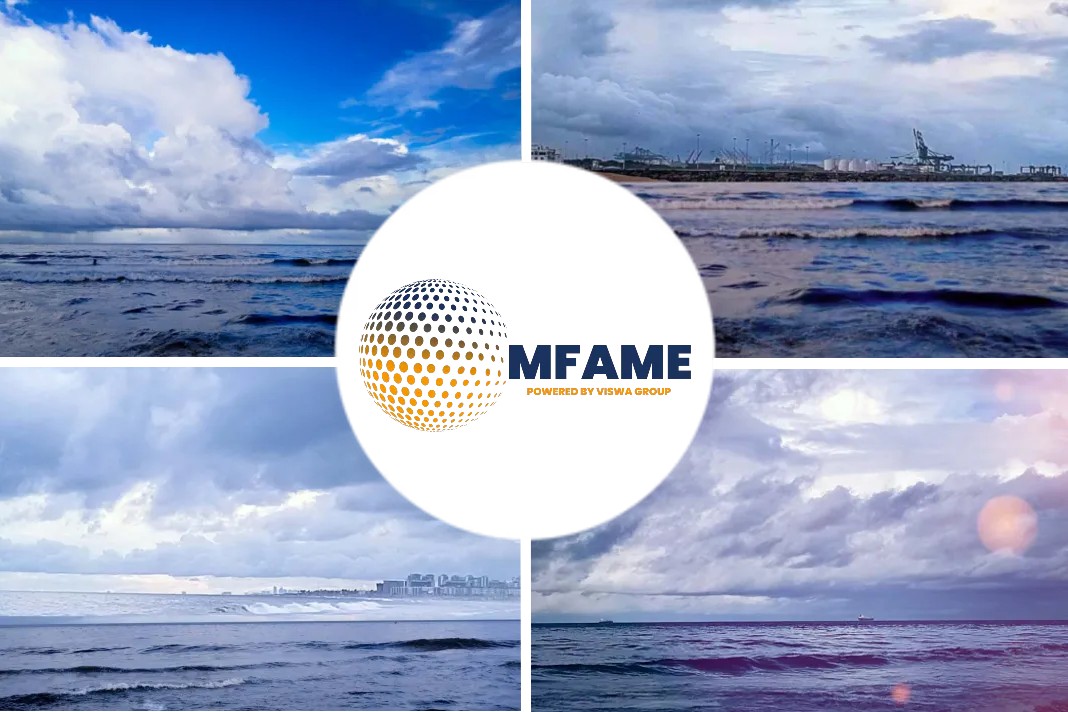According to Drewry’s outlook, the container industry remains ‘soft’, despite the good news of the phase one trade agreement signed between US and China today, January 16, reports Safety4Sea.
According to its predictions, the world container port throughput is set to rise by 3.3% this year, following an estimated 2.3% increase in 2019.
For the time being, Drewry explains that the current estimations see a decline of 0.7 points on the previous outlook given at the end of September 2019.
The report called “Container Forecast” highlights that 2020 will see a faster demand growth in comparison to the previous year, a light increase of overcapacity, higher rates (including bunkers) than in 2019 and a small reduction in (already low) annual carrier profits.
Risk Areas
- A bigger protectionist or economic slowdown impacting global trade (downside), or reversal of that trend (upside)
- Large orders for new containerships coming back (downside)
- Larger-than-expected obsolescence of old ships / more demolitions (both downside for owners concerned and upside for remaining market)
- Impact of higher or lower than expected bunker prices on carrier profits (upside or downside)
- Impact of higher or lower than expected bunker cost recovery by carriers from shippers on carrier profits (upside or downside)
Protectionist Policies, an Added Risk
In addition to the risks described above, it is stated that another risk will be the protectionist policies with the threat of extra duties being imposed by the US on cars and components shipped from Europe, which are a major commodity bloc for the containerised transportation industry.
US-China Trade Effect
Simon Heaney, senior manager, container research at Drewry and editor of the Container Forecaster commented
“A swift and amicable end to the US-China trade dispute has the potential to give the global economy a boost. However, that outcome is still only a tantalising possibility and much more work is needed to be done to secure a more permanent trading arrangement between two countries that have a number of seemingly intractable differences to resolve”.
Concluding, he noted that shippers, used to a ‘bumpy ride’ will examine contingency plans, exploring diverse shipping networks.
Did you subscribe to our daily newsletter?
It’s Free! Click here to Subscribe!
Source Safety4Sea

















